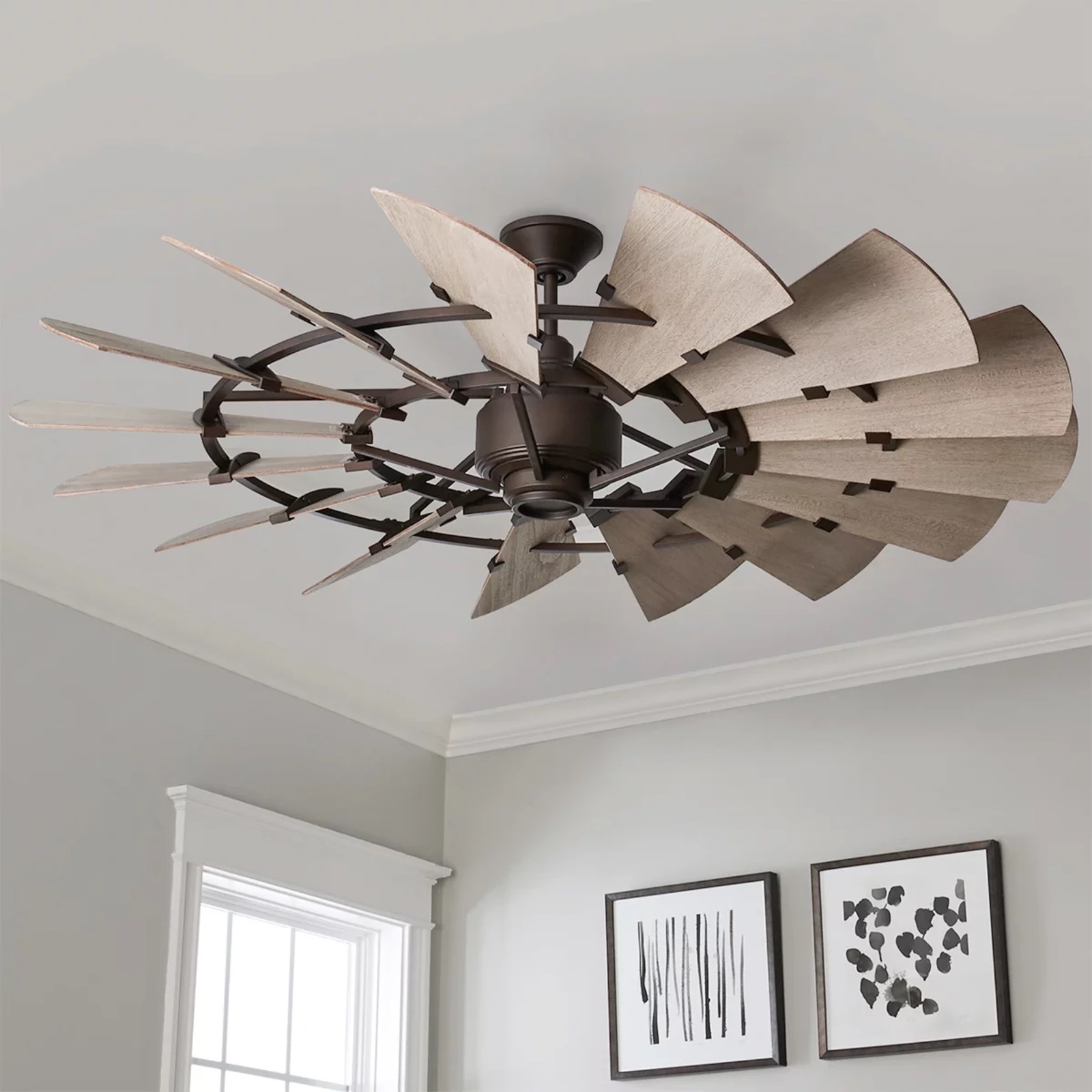

Articles
How Much Does It Cost To Install Ceiling Fans
Modified: January 18, 2024
Get all the information on ceiling fan installation costs in our comprehensive articles. Find out how much you can expect to pay for professional installation and DIY options.
(Many of the links in this article redirect to a specific reviewed product. Your purchase of these products through affiliate links helps to generate commission for Storables.com, at no extra cost. Learn more)
Introduction
Welcome to our comprehensive guide on the cost of installing ceiling fans. Ceiling fans are not only functional but also add style and comfort to any room. Whether you’re looking to replace an existing fan or install a new one, it’s important to understand the factors that contribute to the overall cost of the project.
Installing a ceiling fan involves several considerations, such as the type of fan, the complexity of the installation, and whether you choose to hire a professional electrician or opt for a do-it-yourself (DIY) approach. By understanding these factors, you can make an informed decision about the best way to install a ceiling fan that fits your budget and meets your needs.
In this article, we will explore the various factors that affect the cost of ceiling fan installation, delve into the different types of ceiling fans available, discuss the average cost of purchasing a fan, examine the cost of hiring a professional electrician, and compare the advantages of DIY installation versus hiring a professional. We will also highlight additional costs to consider and provide tips for cost-effective ceiling fan installation.
By the end of this guide, you will have a better understanding of the overall cost involved in installing a ceiling fan and be equipped with useful insights to help you make an informed decision. So, let’s dive in and discover all you need to know about the cost of installing ceiling fans!
Key Takeaways:
- Factors such as the type of fan, installation complexity, and additional electrical work can impact the cost of installing a ceiling fan. Understanding these factors helps in making an informed decision and obtaining fair quotes from professionals.
- Researching and comparing prices, considering energy-efficient options, and exploring DIY installation can make ceiling fan installation more cost-effective. Planning ahead, maintaining the fan, and hiring a professional for complex installations are also key strategies for saving money.
Factors Affecting the Cost of Ceiling Fan Installation
When it comes to determining the cost of installing a ceiling fan, several factors come into play. Understanding these factors will help you estimate the overall cost of the project and make an informed decision about the installation method that best suits your needs. Let’s take a closer look at the main factors that can affect the cost:
- Type of Ceiling Fan: The type of ceiling fan you choose can greatly impact the total cost of installation. Basic ceiling fans typically have a lower price point, while more advanced models with features like remote controls, lighting fixtures, and smart home integration tend to be more expensive.
- Complexity of Installation: The complexity of the installation process can also affect the overall cost. If you’re replacing an existing fan in a standard location, the installation may be relatively straightforward. However, if you’re installing a fan in a new location, additional wiring and structural modifications may be required, which can increase the cost.
- Height of Ceiling: The height of the ceiling can impact the cost of installation. Ceiling fans mounted on high ceilings may require special equipment and additional labor to safely install. This can result in higher installation fees compared to standard ceiling heights.
- Location: The location where the fan will be installed can also affect the cost. If you live in an area with a high cost of living, you can expect to pay more for installation services compared to areas with a lower cost of living.
- Additional Electrical Work: In some cases, additional electrical work may be required during the installation process. This could include upgrading wiring, installing a new electrical box, or adding a wall switch. The need for such additional work can increase the overall cost of the project.
Keep in mind that the cost of ceiling fan installation can vary depending on your specific requirements and the region you’re located in. It’s always a good idea to get quotes from multiple professionals to ensure you’re getting a fair price.
Now that we’ve covered the main factors that can affect the cost of ceiling fan installation, let’s move on to exploring the different types of ceiling fans available.
Types of Ceiling Fans
Ceiling fans come in a variety of styles, sizes, and functionalities. Understanding the different types will not only help you choose the right fan for your space but also give you an idea of the price range you can expect. Here are some common types of ceiling fans:
- Standard Ceiling Fans: Standard ceiling fans are the most common type and are typically mounted directly to the ceiling. They consist of a motor housing, blades, and mounting hardware. These fans usually have a pull-chain control to adjust speed and may or may not have built-in lighting fixtures. Standard ceiling fans are available in various sizes and styles to suit different room sizes and aesthetics.
- Hugger Ceiling Fans: Hugger ceiling fans, also known as low-profile or flush-mount fans, are designed to be mounted close to the ceiling. They are ideal for rooms with low ceilings or limited clearance. Hugger fans provide adequate airflow while staying out of the way.
- Ceiling Fans with Lights: Ceiling fans with built-in lighting fixtures are a popular choice as they serve the dual purpose of providing both illumination and cooling. These fans come in a variety of styles and offer different lighting options, from single bulbs to multiple light fixtures. They are a great choice for rooms that require both airflow and adequate lighting.
- Outdoor Ceiling Fans: Outdoor fans are specifically designed to withstand outdoor elements such as humidity and moisture. They are constructed with durable materials and are resistant to corrosion. Outdoor fans are a great addition to patios, decks, or covered outdoor living spaces, providing comfort and air circulation in outdoor areas.
- Energy-Efficient Ceiling Fans: Energy-efficient ceiling fans are designed to consume less energy while still providing adequate airflow. These fans often come with the Energy Star certification, indicating that they meet specific energy-efficiency standards. Energy-efficient fans not only help reduce electricity costs but also contribute to a greener and more sustainable environment.
- Smart Ceiling Fans: Smart ceiling fans are equipped with technology that allows remote control operation and integration with smart home systems. These fans can be controlled through smartphone apps or voice commands, offering convenience and customization options. Smart fans may also include features such as adjustable speed settings, scheduling, and even air quality monitoring.
The cost of ceiling fans can vary based on the type, size, features, and brand. Higher-end fans with advanced functionalities or intricate designs tend to be more expensive. It’s important to consider your specific needs, budget, and the style of the room when choosing the right ceiling fan for your installation.
Now that we have discussed the different types of ceiling fans available, let’s move on to exploring the average cost of purchasing these fans.
Average Cost of Ceiling Fans
The cost of ceiling fans can vary significantly depending on factors such as the brand, style, features, and quality of the fan. On average, you can expect to spend between $50 and $500 for a ceiling fan. Here’s a breakdown of the average cost range:
- Basic Ceiling Fans: Basic ceiling fans, without any additional features or fancy designs, are typically priced between $50 and $150. These fans usually have a simple pull-chain control for adjusting the speed.
- Mid-Range Ceiling Fans: Mid-range ceiling fans, with additional features like built-in lighting fixtures or remote controls, are usually priced between $150 and $300. These fans offer more convenience and customization options.
- High-End Ceiling Fans: High-end ceiling fans, often made with premium materials or stylish designs, can cost upwards of $300 and even reach prices exceeding $500. These fans may come with advanced functionalities such as smart home integration or unique blade designs.
It’s important to note that the prices mentioned above are averages and can vary based on various factors, such as the size of the fan, the materials used, the brand reputation, and any additional features. When selecting a ceiling fan, it’s crucial to strike a balance between your budget and the quality and features you desire.
In addition to the cost of the fan itself, it’s important to consider the cost of installation. While you can choose to install the fan yourself, hiring a professional electrician can ensure safe and proper installation. The cost of hiring an electrician will be discussed in the following section.
Now that we’ve covered the average cost of ceiling fans, let’s move on to discussing the cost of hiring a professional electrician for installation.
Cost of Hiring a Professional Electrician
When it comes to ceiling fan installation, hiring a professional electrician can ensure that the job is done safely and effectively. While the cost of hiring a professional can add to the overall installation expenses, it provides peace of mind and eliminates the risk of electrical mishaps. The cost of hiring a professional electrician for ceiling fan installation can vary based on several factors:
- Hourly Rate: Electricians typically charge an hourly rate for their services. The hourly rate can vary depending on the electrician’s experience, location, and the complexity of the installation. On average, you can expect to pay between $50 and $100 per hour for an electrician’s services.
- Installation Time: The time required to install a ceiling fan can impact the overall cost. If the installation is straightforward and doesn’t require any additional electrical work or modifications, the electrician’s time on the job may be minimal, resulting in lower costs. However, if the installation is complex or requires additional electrical work, the electrician may need more time, leading to higher charges.
- Additional Services: If your ceiling fan installation requires any additional electrical work, such as upgrading wiring or installing a new electrical box, the electrician may charge an additional fee for these services. The cost of any necessary materials will also be factored into the overall expense.
It’s important to discuss the specifics of your project with the electrician and get a detailed cost estimate before proceeding with the installation. Obtaining multiple quotes from different electricians can also help you compare prices and ensure you’re getting a fair deal.
While hiring a professional electrician may add to the upfront cost, it’s important to consider the long-term benefits. A properly installed ceiling fan will operate safely and efficiently, potentially saving you money on energy bills. Additionally, professional installation may come with warranties or guarantees, providing added value and peace of mind.
However, if you have experience in electrical work and feel confident in your abilities, you may choose to install the ceiling fan yourself. In the next section, we will compare the advantages of DIY installation versus hiring a professional electrician.
When budgeting for ceiling fan installation, consider the cost of the fan itself, any additional accessories or features, and the labor for installation. It’s also important to factor in any potential electrical work that may be required.
DIY vs. Professional Installation
When it comes to installing a ceiling fan, you have the option to either tackle the project yourself or hire a professional electrician. Both options have their advantages and considerations. Let’s compare the advantages of DIY installation versus hiring a professional:
DIY Installation:
- Cost Savings: DIY installation allows you to avoid the cost of hiring a professional electrician, potentially saving you money. However, it’s important to consider your own skill level and experience with electrical work. If you’re not confident in your abilities, it may be best to hire a professional to ensure the job is done safely and correctly.
- Flexibility and Convenience: By installing the ceiling fan yourself, you have the flexibility to work at your own pace and on your own schedule. You won’t need to wait for an electrician to be available, which can be convenient if you’re on a tight timeline.
- Gaining Experience: If you have an interest in electrical work or enjoy DIY projects, installing a ceiling fan can be a great opportunity to gain experience and learn new skills. Just make sure to do thorough research, follow instructions carefully, and take necessary safety precautions.
Professional Installation:
- Expertise and Safety: Hiring a professional electrician ensures that the installation is done by an experienced and knowledgeable individual. They can handle more complex installations, ensure proper wiring and electrical connections, and address any potential issues or challenges that may arise during the process. Safety should always be a top priority, and professionals are trained to adhere to safety protocols.
- Time and Efficiency: An electrician can complete the installation quickly and efficiently, saving you time and effort. They have the necessary tools and experience to tackle the job efficiently, reducing the risk of mistakes or delays. This is especially beneficial if you have a busy schedule or limited time to dedicate to the installation.
- Warranty and Guarantees: Professional installation may come with warranties or guarantees, providing you with added protection and peace of mind. If any issues occur after the installation, you can rely on the electrician to address them, potentially saving you from further expenses.
The decision between DIY installation and hiring a professional electrician ultimately depends on your comfort level, experience, and the complexity of the installation. If you’re unsure about your abilities or if the installation requires additional electrical work, it’s best to hire a professional to ensure a safe and proper installation.
Now that we’ve discussed the considerations of DIY versus professional installation, let’s explore some additional costs to consider when planning for ceiling fan installation.
Additional Costs to Consider
When planning for ceiling fan installation, it’s important to take into account various additional costs that may arise during the process. These costs can vary based on your specific installation requirements and circumstances. Here are some common additional costs to consider:
- Electrical Upgrades: If your current electrical system is not compatible with the ceiling fan, you may need to invest in electrical upgrades. This can include adding a new electrical box, upgrading wiring, or installing a dedicated circuit. Electrical upgrades can increase the overall cost of installation but are necessary to ensure safe and efficient operation.
- Mounting Hardware: In some cases, the existing mounting hardware may not be suitable for the new ceiling fan. You may need to purchase additional mounting hardware to properly install the fan. The cost of mounting hardware can vary depending on the type and quality of the hardware needed.
- Decorative Accessories: If you’re looking to enhance the aesthetic appeal of the ceiling fan, you may consider purchasing decorative accessories such as light kits, decorative blades, or pull chains. These additional accessories can add to the overall cost of the installation but can help customize the fan to match your decor.
- Remote Controls or Wall Switches: If your chosen ceiling fan does not come with integrated remote control or wall switch options, you may need to purchase them separately. Remote controls and wall switches can offer convenient operation and may require additional wiring and installation, contributing to the overall cost.
- Service Call Charges: In some cases, electricians may charge a service call fee in addition to the installation costs. This fee covers the electrician’s time and travel expenses and can vary depending on the distance and location of your property.
It’s important to discuss these potential additional costs with your electrician during the planning stage. They can assess your specific installation requirements and provide you with a detailed estimate, taking into account any necessary upgrades or additional accessories.
By considering these additional costs upfront and including them in your budget, you can ensure that you’re financially prepared for the complete installation process.
Now that we’ve covered the additional costs to consider, let’s explore some tips for cost-effective ceiling fan installation.
Tips for Cost-Effective Ceiling Fan Installation
Installing a ceiling fan doesn’t have to break the bank. With some careful planning and consideration, you can make the installation process more cost-effective. Here are some tips to help you save money while installing your ceiling fan:
- Research and Compare Prices: Before purchasing a ceiling fan, take the time to research different brands, models, and retailers. Compare prices to find the best deal without compromising on quality. Look for sales, discounts, or promotions that may be available.
- Consider Energy Efficiency: Opting for an energy-efficient ceiling fan can save you money in the long run. Look for fans with the Energy Star certification, as they are designed to consume less energy while still providing adequate airflow. This can help reduce your monthly energy bills.
- Do-It-Yourself (DIY) Installation: If you have some experience with electrical work and feel confident in your abilities, consider installing the ceiling fan yourself. By doing it yourself, you can avoid the cost of hiring a professional electrician. Just make sure to follow safety precautions and consult the manufacturer’s instructions.
- Reuse Existing Wiring and Mounting: If you’re replacing an existing ceiling fan, check if the existing wiring and mounting hardware are still in good condition and compatible with the new fan. Reusing these components can save you money on purchasing new ones.
- Shop for Installation Services: If you decide to hire a professional electrician, shop around and compare prices from different service providers. Get multiple quotes and take into account their reputation, experience, and customer reviews. This will help you find the best value for your money.
- Install Multiple Fans: If you’re planning to install ceiling fans in multiple rooms, consider doing it all at once. Hiring an electrician for a single visit to install multiple fans can be more cost-effective than scheduling separate appointments for each installation.
- Plan Ahead: Proper planning is key to avoiding unexpected expenses. Consider all the additional costs mentioned earlier, such as electrical upgrades, mounting hardware, and accessories, and budget for them in advance. This will prevent any last-minute surprises that could throw your budget off track.
- Maintain Your Ceiling Fan: Regular maintenance of your ceiling fan can help prolong its lifespan and keep it running efficiently. Clean the blades regularly, check for any loose screws or vibrations, and lubricate the motor if necessary. This will prevent costly repairs or premature replacement in the future.
By implementing these cost-effective tips, you can save money while ensuring a successful ceiling fan installation. Remember to prioritize safety and consult a professional if you’re unsure about any aspect of the installation process.
Now that we’ve covered the tips for cost-effective ceiling fan installation, let’s conclude our comprehensive guide.
Conclusion
Installing a ceiling fan can not only provide comfort and style to a room but also contribute to energy efficiency and cost savings. Understanding the factors that affect the cost of ceiling fan installation is essential for making an informed decision that fits your budget and needs.
Factors such as the type of ceiling fan, the complexity of the installation, the height of the ceiling, and the additional electrical work required can all impact the overall cost. By considering these factors and obtaining multiple quotes from professionals, you can ensure a fair price for your installation.
There are various types of ceiling fans available, ranging from standard fans to outdoor fans and smart fans. Each type offers different functionalities and price points, allowing you to choose a fan that suits your preferences and budget.
The average cost of purchasing a ceiling fan can vary based on its features, brand, and quality. Basic fans are more affordable, while high-end fans with advanced functionalities can be pricier. It’s crucial to strike a balance between your budget and the quality and features you desire when selecting a fan.
When it comes to installation, you have the option to either install the fan yourself or hire a professional electrician. DIY installation can save you money, but it requires adequate knowledge and experience in electrical work. Hiring a professional ensures proper and safe installation, saving you time and providing peace of mind. The cost of hiring a professional electrician is influenced by factors such as the hourly rate, installation time, and any additional electrical work required.
It’s important to consider additional costs such as electrical upgrades, mounting hardware, decorative accessories, and service call charges when planning for ceiling fan installation. By budgeting for these costs upfront, you can ensure a smooth installation process.
To make the installation more cost-effective, research and compare prices, consider energy-efficient options, and explore the possibility of DIY installation if you have the necessary skills. Planning ahead, maintaining your fan, and installing multiple fans at once are other strategies to save money during the process.
In conclusion, by understanding the cost factors, exploring different types of fans, considering professional installation, and implementing cost-saving tips, you can successfully install a ceiling fan that enhances the comfort, style, and energy efficiency of your space.
Now that you are equipped with this comprehensive guide, you can confidently embark on your ceiling fan installation journey.
Frequently Asked Questions about How Much Does It Cost To Install Ceiling Fans
Was this page helpful?
At Storables.com, we guarantee accurate and reliable information. Our content, validated by Expert Board Contributors, is crafted following stringent Editorial Policies. We're committed to providing you with well-researched, expert-backed insights for all your informational needs.
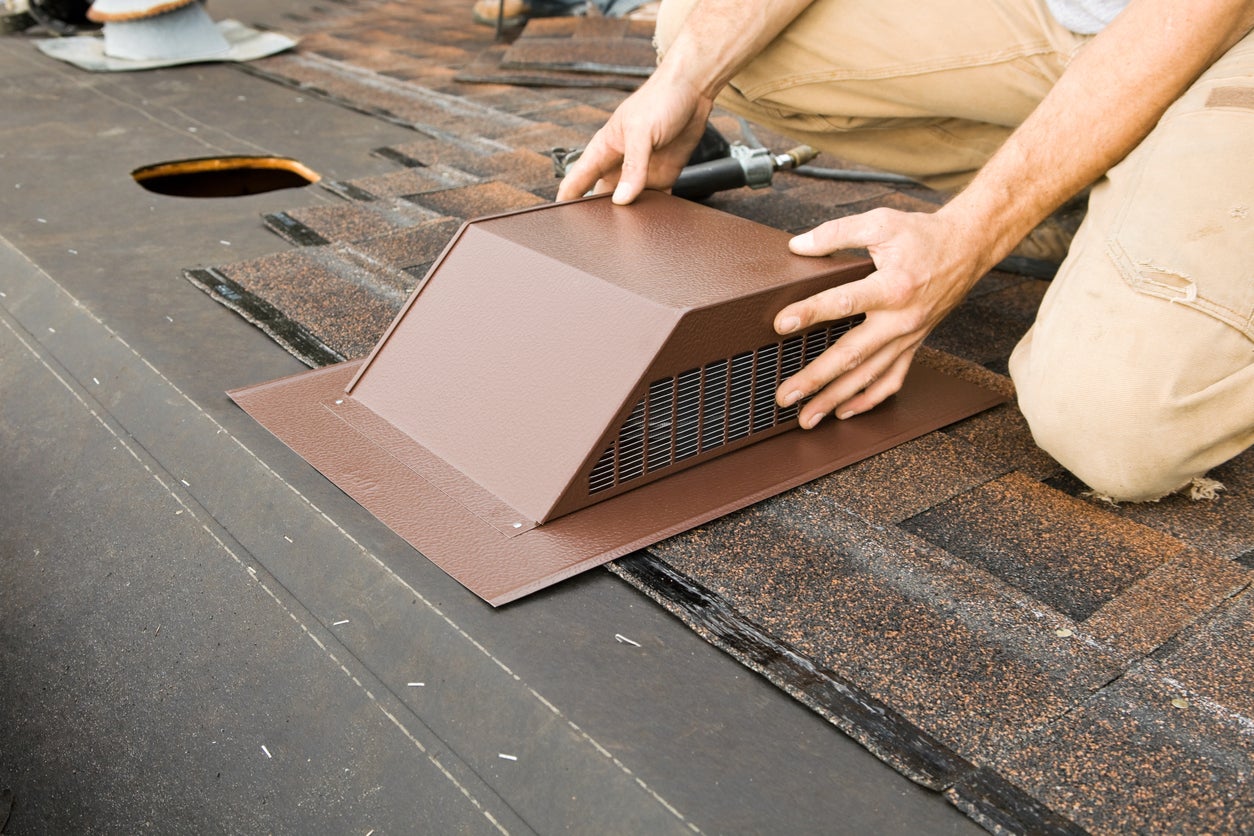
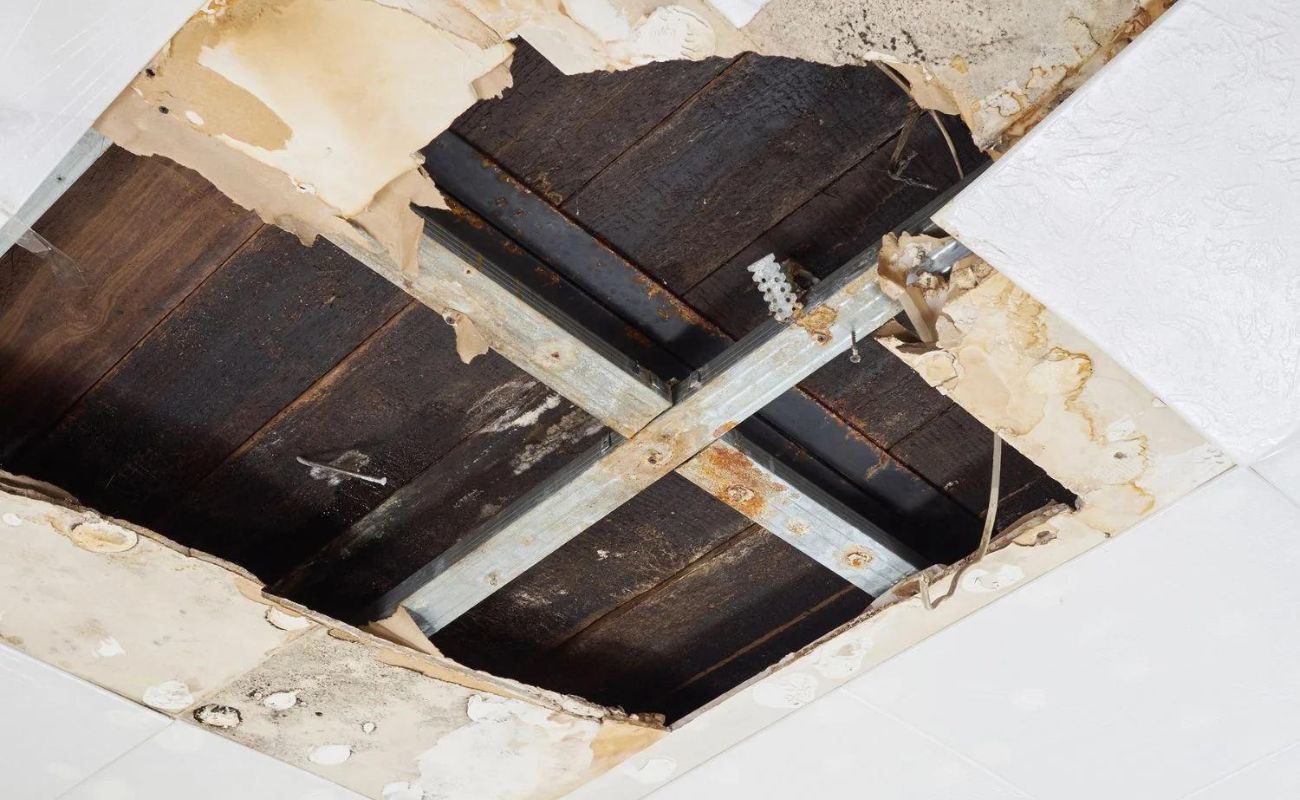

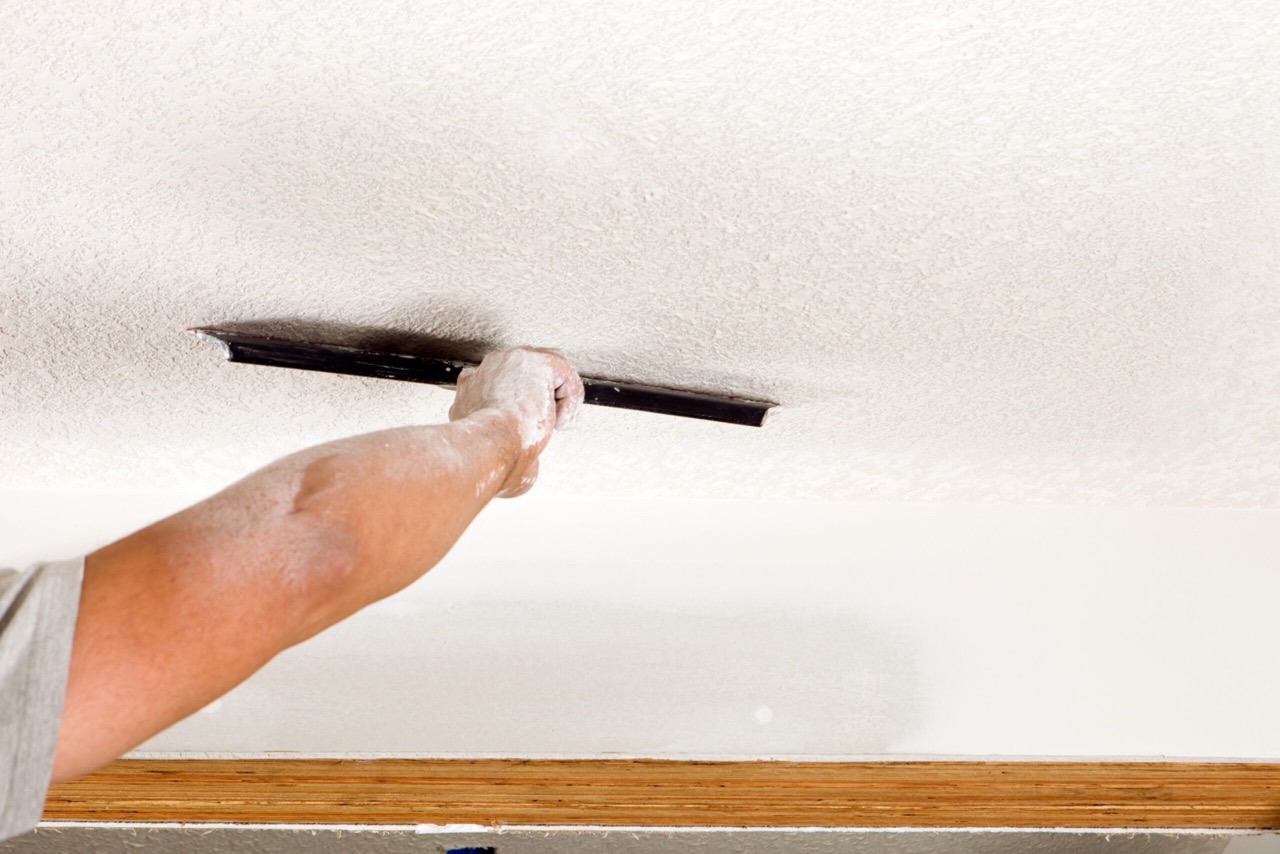
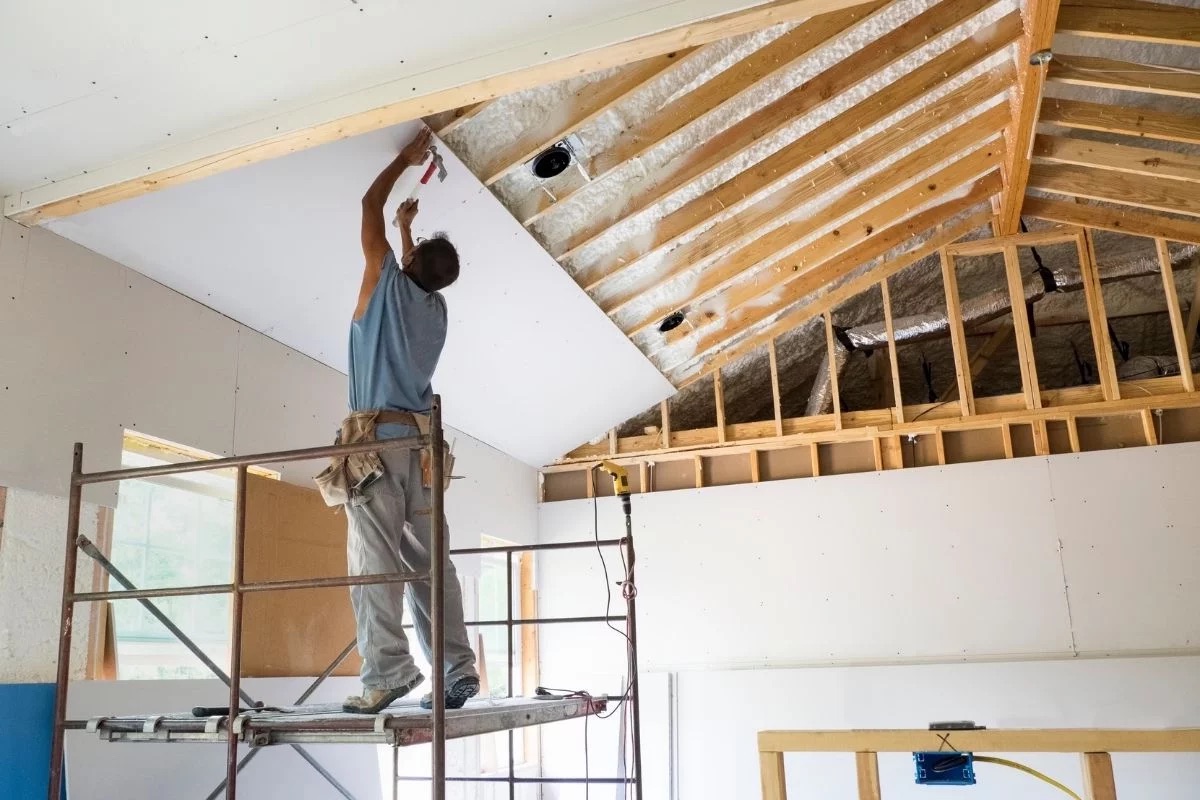

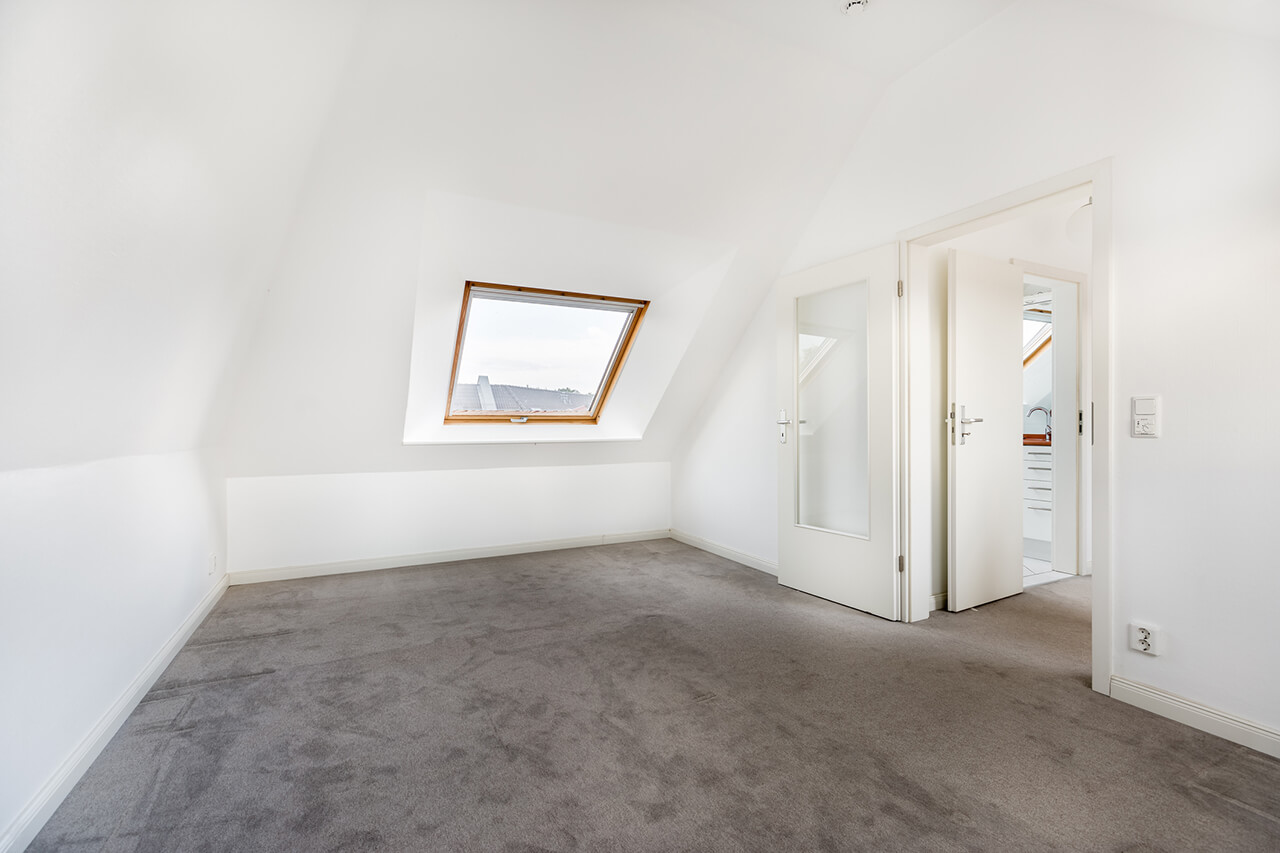
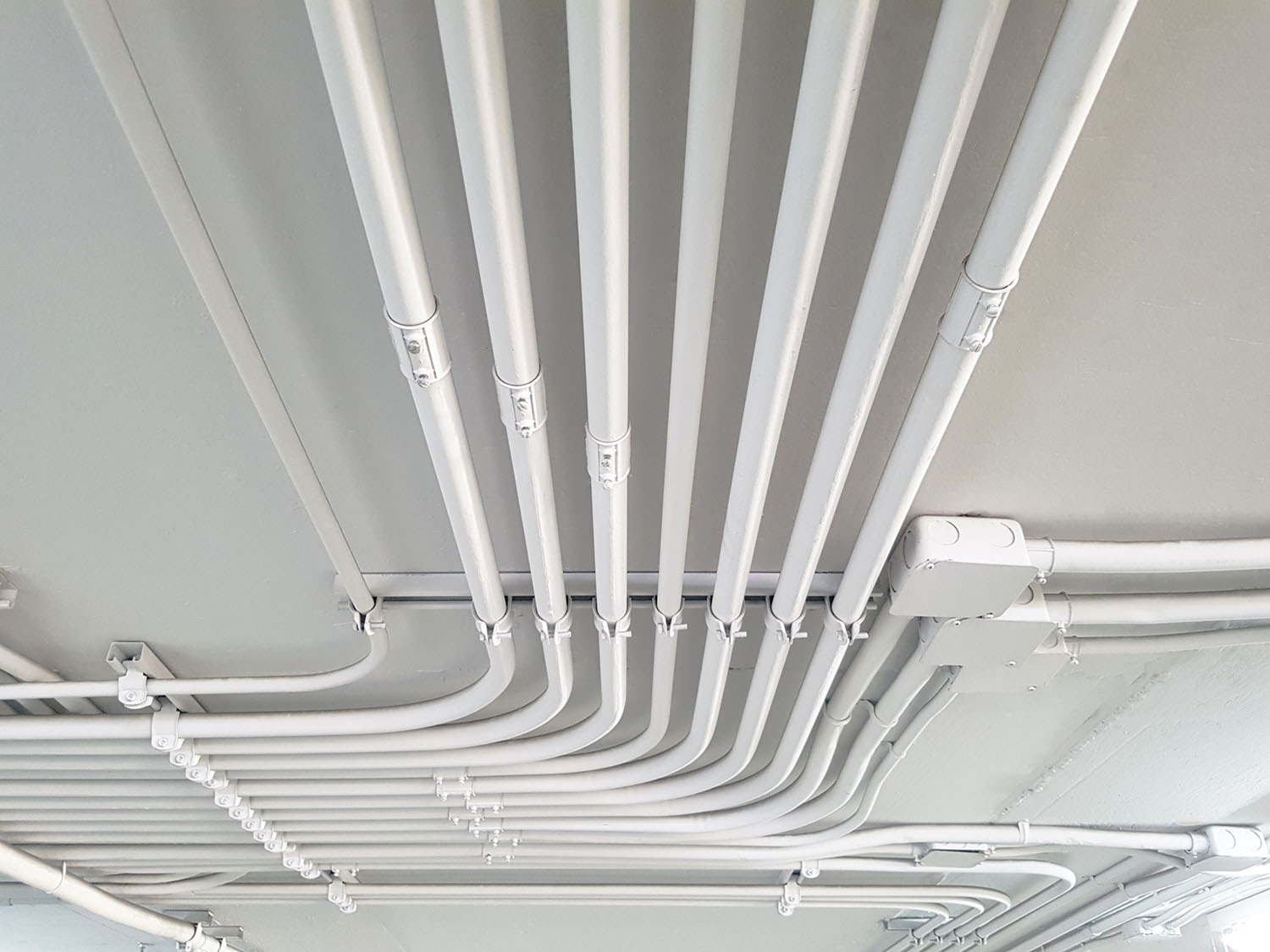

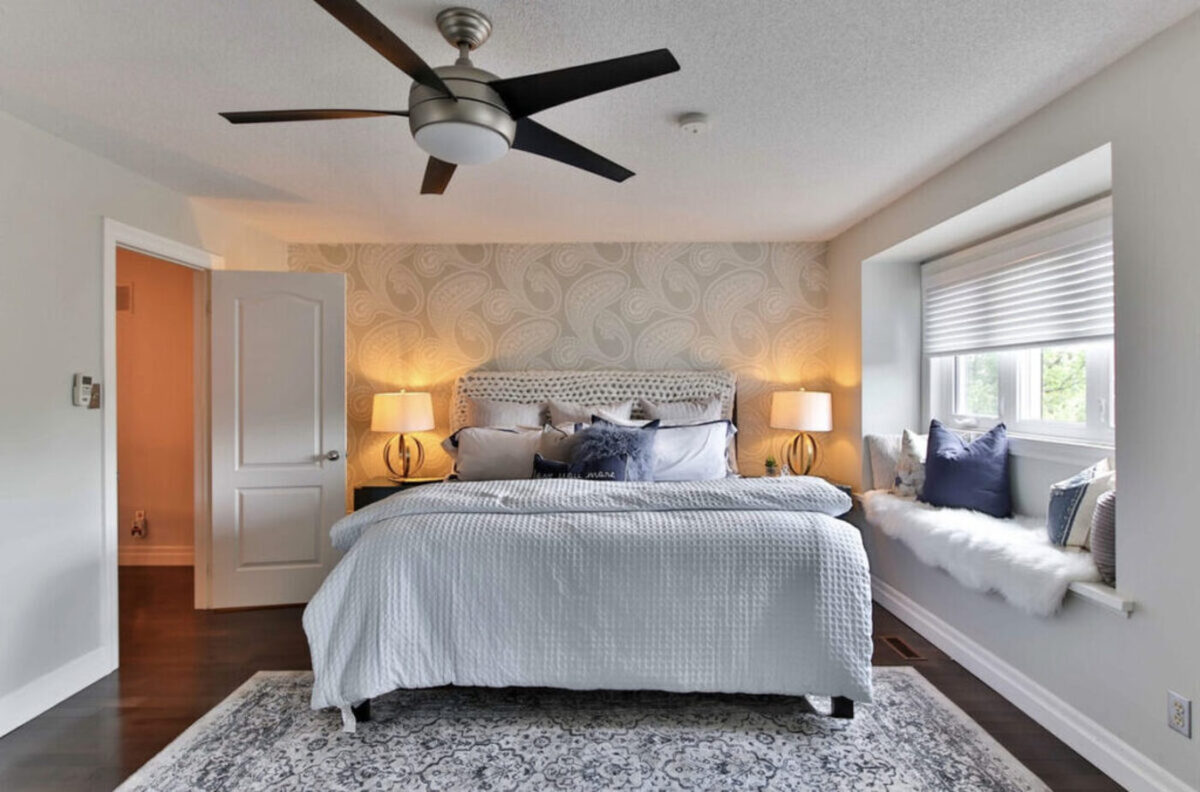
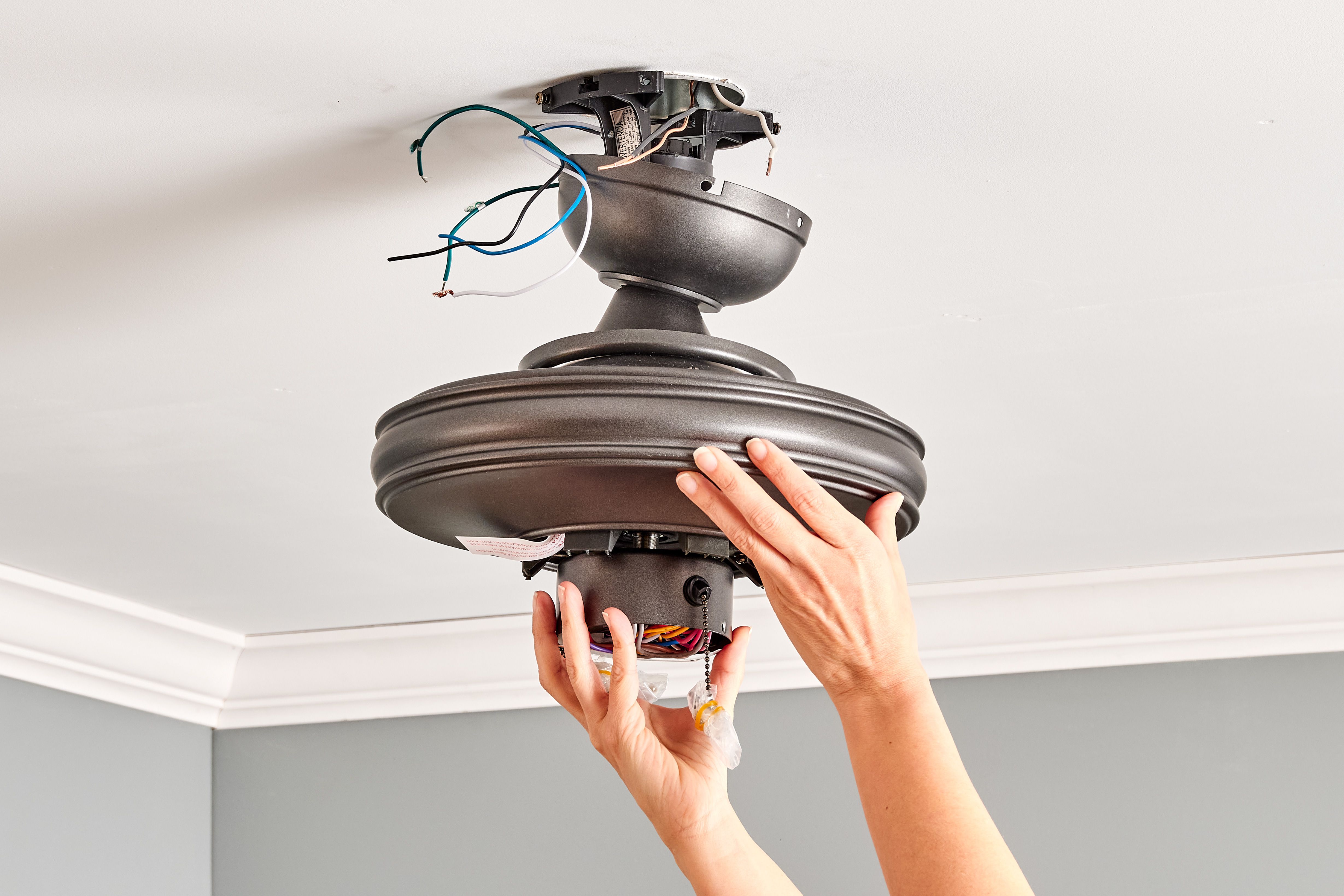
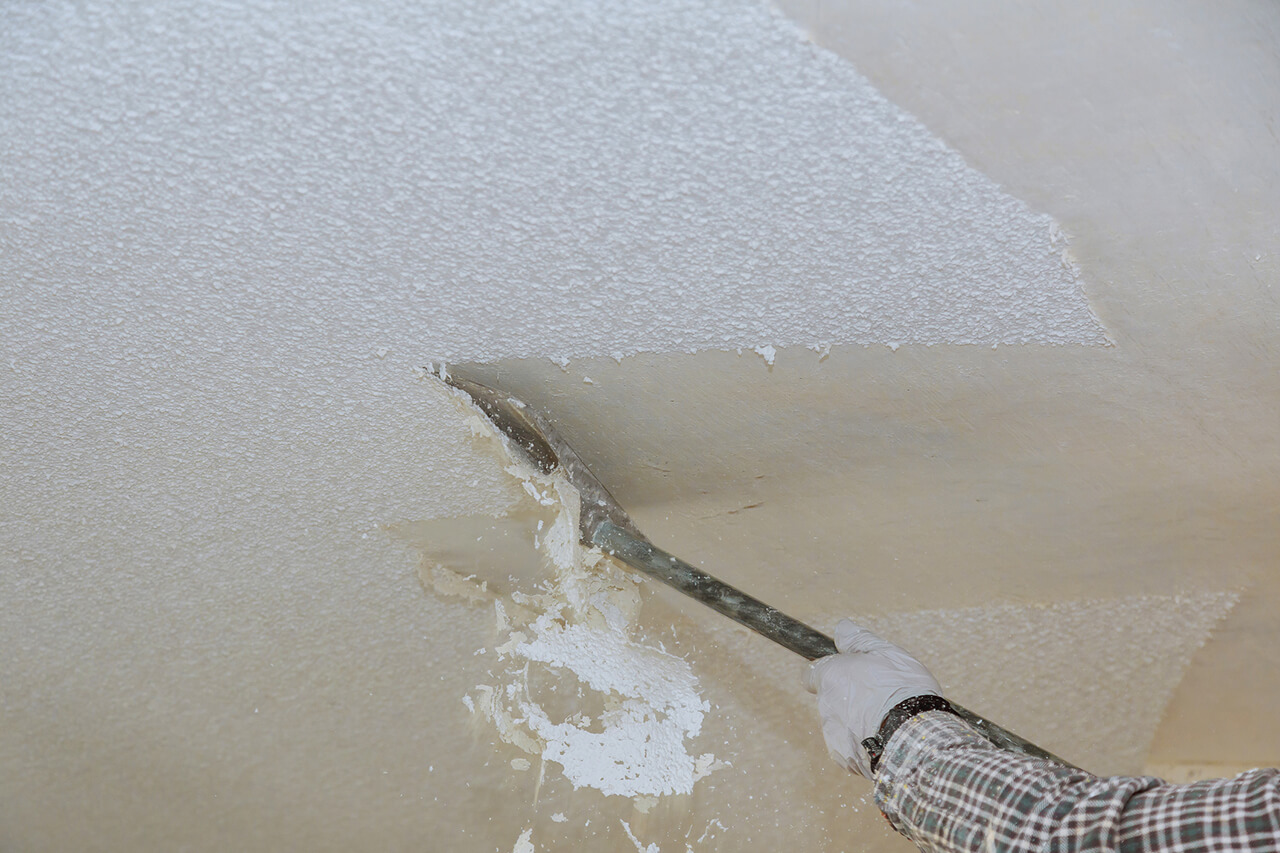
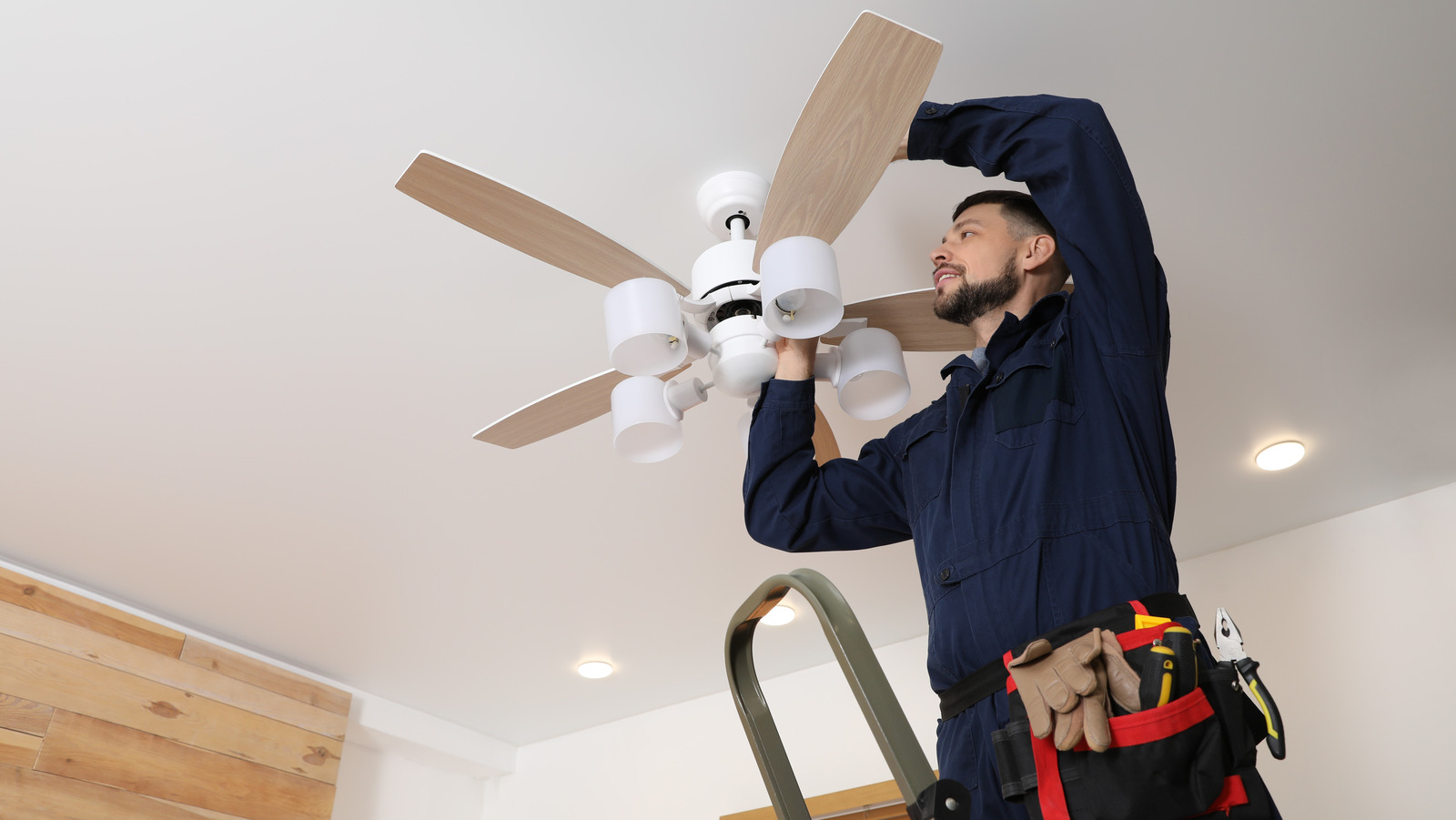
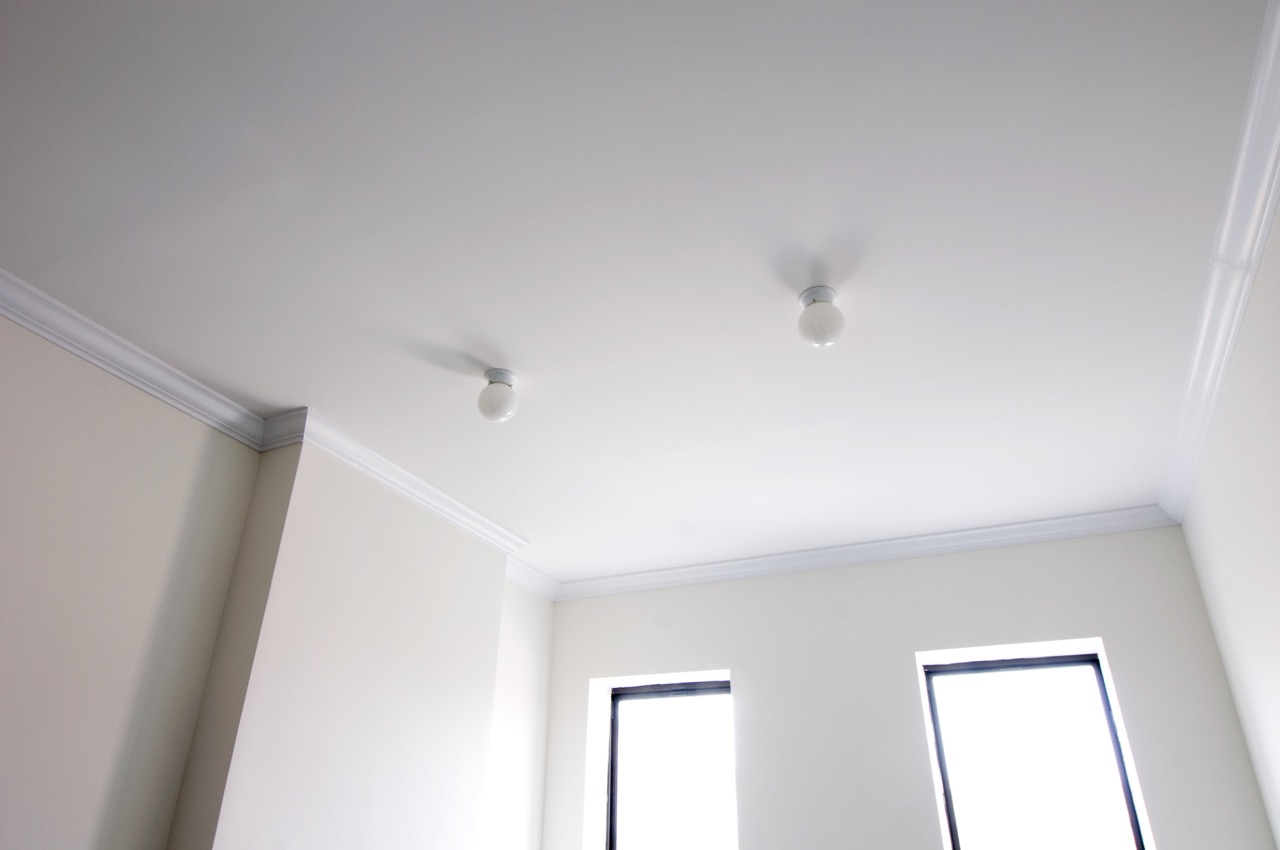

0 thoughts on “How Much Does It Cost To Install Ceiling Fans”